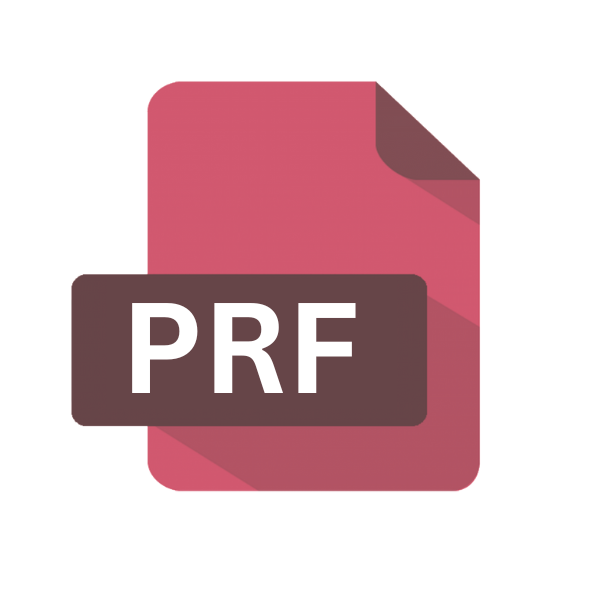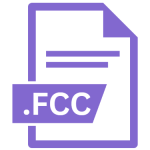.PRF File Extension

Outlook Profile File
| Developer | Microsoft |
| Popularity | |
| Category | Settings Files |
| Format | .PRF |
| Cross Platform | Update Soon |
What is an PRF file?
In the realm of digital communication and organization, Microsoft Outlook stands as a cornerstone application for managing emails, contacts, calendars, and tasks.
One crucial element of Outlook’s functionality is its profile system, which helps users configure and manage their email accounts efficiently. At the heart of this profile system lies the .PRF file extension.
In this detailed article, we will delve into the intricacies of .PRF files, exploring their origin, history, structure, technical specifications, as well as methods to open and convert them across various operating systems.
More Information.
The .PRF file extension was introduced alongside Microsoft Outlook, which debuted as part of the Microsoft Office suite in 1997.
Initially, its purpose was to simplify the setup process for Outlook users, especially in corporate environments where multiple users needed to configure Outlook with consistent settings.
Instead of manually configuring each Outlook instance, system administrators could create a .PRF file containing predefined settings and distribute it to users, streamlining the setup process and ensuring uniform configurations across the organization.
Origin Of This File.
The .PRF file extension is primarily associated with Microsoft Outlook, a widely used email client developed by Microsoft. The acronym “PRF” stands for “Profile,” indicating its role in configuring Outlook profiles.
These profiles contain settings such as email account configurations, server information, and other preferences necessary for accessing and managing email accounts within Outlook.
File Structure Technical Specification.
The structure of .PRF files is relatively straightforward, typically comprising a set of directives and parameters that define various aspects of an Outlook profile.
These parameters include information such as the user’s name, email address, server settings (such as POP3, IMAP, or Exchange server details), mailbox settings, and other preferences.
The technical specifications of .PRF files may vary slightly depending on the version of Outlook and the specific configuration options chosen.
They are generally text-based files encoded in ASCII or Unicode, making them human-readable and editable with a basic text editor.
How to Convert the File?
- Microsoft Outlook Export: Use Microsoft Outlook’s export feature to save data from the .PRF file as a .pst file.
- Import to Another Client: Import the exported .pst file into the desired email client through its import feature.
- Third-Party Tools: Consider using third-party tools for more advanced conversion options and features.
- Manual Configuration: Manually configure email client settings using information from the .PRF file if necessary.
- Online Conversion Services: Use caution with online conversion services and ensure they are reputable before proceeding.
- Professional Assistance: Seek help from IT professionals or technical support if you encounter difficulties during the conversion process.
- Ensure Security: Prioritize data security and integrity throughout the conversion process, especially when using third-party tools or online services.
Advantages And Disadvantages.
Advantage:
- Efficient Profile Configuration: .PRF files streamline the process of configuring Outlook profiles, particularly in enterprise environments with numerous users.
- Consistency: By distributing standardized .PRF files, organizations can ensure consistency in Outlook configurations across their workforce, minimizing errors and support overhead.
- Customization: .PRF files allow for customization of Outlook profiles, enabling administrators to tailor settings to suit specific organizational requirements.
Disadvantage:
- Limited Flexibility: While .PRF files provide a convenient means of initial setup, they offer limited flexibility for end-users to modify settings post-configuration.
- Compatibility Issues: Compatibility issues may arise when attempting to use .PRF files across different versions of Outlook or with other email clients.
How to Open PRF?
Open In Windows
- Navigate to the location of the .PRF file on your system.
- Double-click the .PRF file to open it with Microsoft Outlook.
- Follow the prompts to import the profile settings into Outlook.
Open In Linux
- Install Mozilla Thunderbird on your Linux system.
- Launch Thunderbird and navigate to “Tools > Import.”
- Select “Mail > Outlook” and follow the prompts to import the .PRF file.
Open In MAC
On macOS, users can open .PRF files using Microsoft Outlook for Mac. Simply double-click the .PRF file, and Outlook will guide you through the process of importing the profile settings.
Open In Android
Android devices do not natively support .PRF files or Microsoft Outlook. Users can utilize the Outlook app for Android, available for download from the Google Play Store.
Once installed, follow the same process as on Windows or macOS to import the .PRF file into the Outlook app.
Open In IOS
Similarly, iOS devices do not support .PRF files directly. Users can download the Outlook app from the App Store and import the .PRF file following the instructions provided within the app.
Open in Others
For other operating systems or email clients not mentioned above, users may need to explore third-party tools or manual configuration methods to utilize .PRF files effectively.
Some email clients offer compatibility with Outlook profiles and may provide import options for .PRF files.












